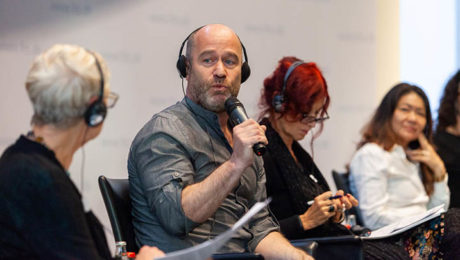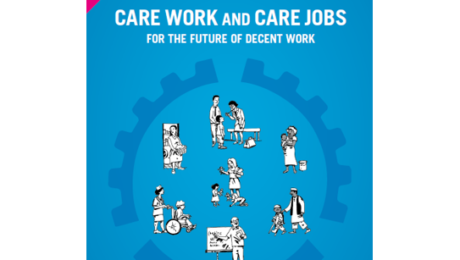Latest Blogs:
CWE-GAM Rethinking Macroeconomics Working Group Presents at the EEA Annual Meeting
The 45th Eastern Economic Association Annual Meetings were held Feb. 28 – March 2, 2019 in New York City. The “Easterns”, as many economists call them, is also considered the
- Published in Rethinking Macroeconomics
Current Policies and Programs Addressing Childcare and Eldercare in South Korea
The major care policies that South Korea currently has in place are the Early Childhood Education and Care Policy, the Long-Term Care Insurance (LTCI) Program, the Maternity Protection Act, and welfare policies for the disabled. It is well-known idea that social provision can be divided in several types; power, cash, vouchers, time, services, and opportunity, by Gilbert and Neil in their book of Dimensions of Social Welfare Policy.
- Published in Policy, South Korea, Understanding and Measuring Care
CWE Research Team Presents Prototype Model of the Care Economy at Conference in Colombia
June 13-15, I attended the 21st Annual Conference on Global Economic Analysis, held in Cartagena, Colombia, to present and discuss a draft of an early project output, titled “Care in
- Published in Conferences
Research Teams Awarded Funding to Produce Theoretical Gender-Aware Macromodels
The Care Work and Economy project has awarded five research teams funding to produce theoretical gender-aware macromodels that incorporate care in the development context. Each team contributes to one of
- Published in Policy
ILO Releases New Report on Care Work and Care Jobs
In June the International Labour Organization released their new report Care Work and Care Jobs for the Future of Decent Work. The report analyses the ways in which unpaid care
- Published in Policy
The Progression of South Korea’s Childcare Model
South Korea’s childcare model began to develop when the Child Welfare Act (the Act) was first introduced in 1962. Prior to that, no solid policy for childcare existed, as it was a period of political and social turmoil in the country after Korean war (1950-1953). Thanks to the Act, several nursery facilities were built during this period with foreign assistance, yet with a narrow objective of relieving the poor and numerous orphans who lost their parents during the war (Kang, 2002). The Child Welfare Act of 1962 initiated a structured system-level approach to the childcare sector. The Act was still grounded in the notion that families are solely responsible for childrearing unless the children have special needs, in which case government support and protection is warranted.
- Published in Policy
Why Do we Need to Rethink Macroeconomics?
Since the 1980s, growth processes have been undermined by inadequate understanding of the interconnection between standard notions of “the economy” and the care economy. The consequences of gender-blind economic policies, and the sorts of growth and distribution dynamics that result, for gender inequalities and care provisioning have been far reaching and complex. They require a deeper understanding of the ways that the invisibility of unpaid care in macroeconomic policy formulation and analysis have led to persistent underinvestment in care provisioning, reproducing and reconfiguring gender hierarchies.
- Published in Rethinking Macroeconomics







